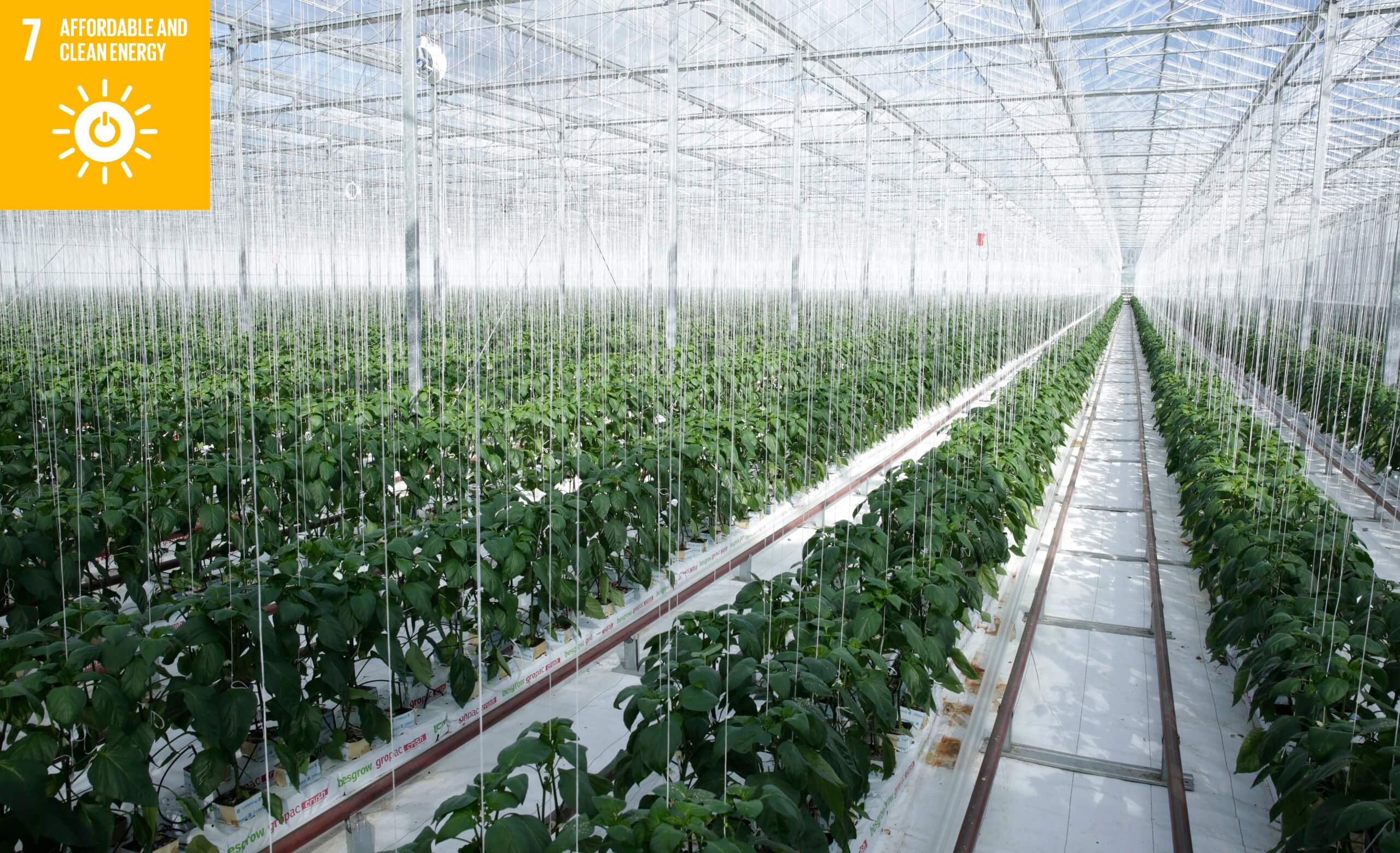
Goal 7: Affordable and clean energy
Between 2000 and 2016, the number of people with electricity increased from 78 to 87 percent, and the numbers without electricity dipped to just below one billion.
Yet as the population continues to grow, so will the demand for cheap energy, and an economy reliant on fossil fuels is creating drastic changes to our climate.
Investing in solar, wind and thermal power, improving energy productivity, and ensuring energy for all is vital if we are to achieve SDG 7 by 2030.
Expanding infrastructure and upgrading technology to provide clean and more efficient energy in all countries will encourage growth and help the environment.
Facts and figures
1 in 7
One in 7 people still lacks electricity, and most of them live in rural areas of the developing world.
60%
Energy is the main contributor to climate change, it produces around 60 percent of greenhouse gases.
14%
More efficient energy standards could reduce building and industry electricity consumption by 14 percent.
3 billion
More than 40 percent of the world’s population—3 billion—rely on polluting and unhealthy fuels for cooking.
20%
As of 2015, more than 20 percent of power was generated through renewable sources.
10.3 million
The renewable energy sector employed a record 10.3 million people in 2017.
View Goal Targets
- By 2030, ensure universal access to affordable, reliable and modern energy services
- By 2030, increase substantially the share of renewable energy in the global energy mix
- By 2030, double the global rate of improvement in energy efficiency
- By 2030, enhance international cooperation to facilitate access to clean energy research and technology, including renewable energy, energy efficiency and advanced and cleaner fossil-fuel technology, and promote investment in energy infrastructure and clean energy technology
- By 2030, expand infrastructure and upgrade technology for supplying modern and sustainable energy services for all in developing countries, in particular least developed countries, small island developing States, and land-locked developing countries, in accordance with their respective programmes of support
